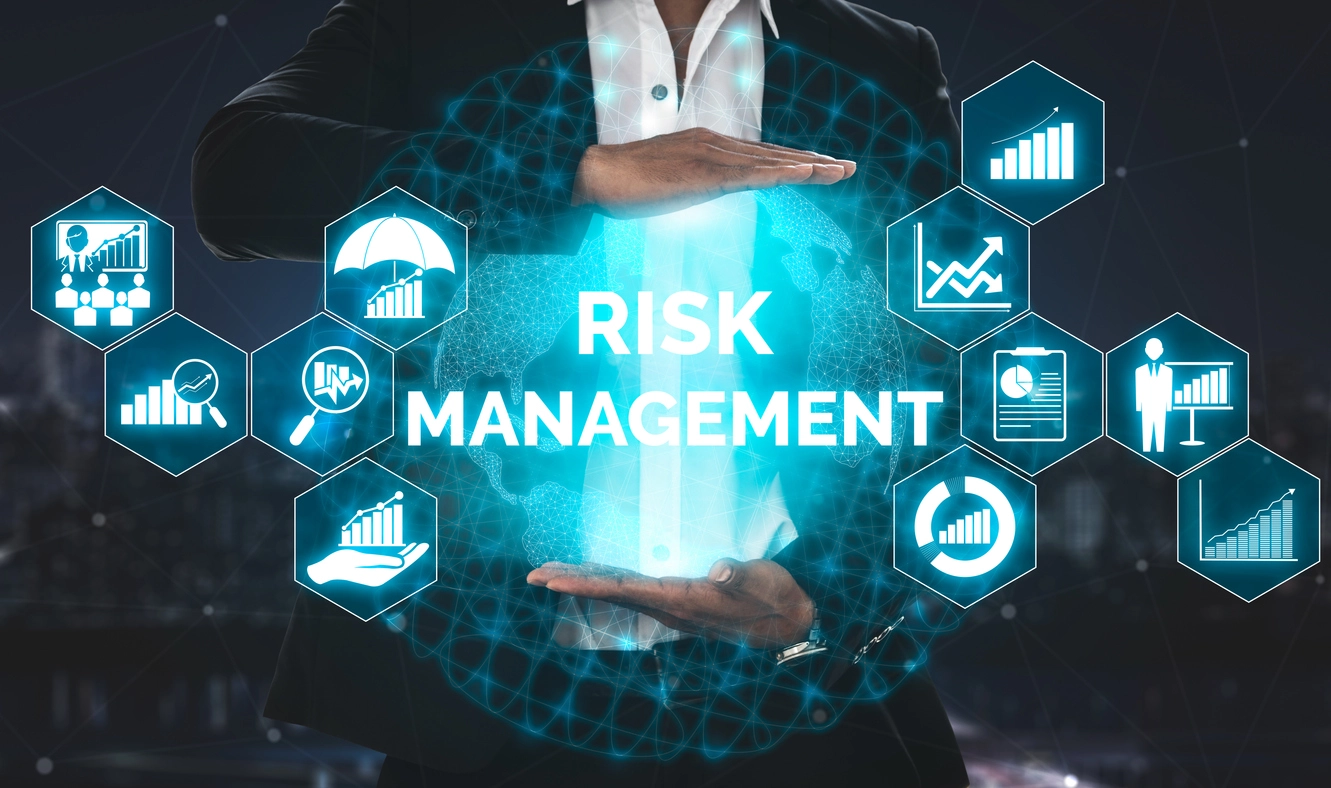5 Effective Ways To Implement Risk Management In Your Business

Every business, large and small, needs to think about potential risks that could affect business outcomes or lead to potential injury to employees, customers and visitors. There are ways to minimise risks and in this article, we’ll take a look at some key things you can implement to help ensure your business is successful and as risk-free as possible.
Before we get started, if you haven’t really considered risk management practices before, let’s quickly look at what risk management is all about.
The idea of adopting risk management is to have the capacity to identify problem areas in your business operations before they can become a major issue. Every business faces a variety of risks, and it’s always better to stop something from happening in the first place, rather than having to go into damage control mode after a problem has escalated. This can come in the form of your marketing, sales, operations, or even finances. For example, in the construction industry, many entrepreneurs search lead generation for contractors to plan ahead for future business stability.
Effective risk management is essentially about identifying problems and finding solutions so catastrophe doesn’t strike.
#1 – Gather a General Consensus From All Your Workers
As different people are involved in different business tasks, people from various areas of your operation might be able to pinpoint potential trouble zones or problems. The most important task when it comes to risk management is being able to identify (or even forecast) potential hazards and issues.
No one person can possibly think of everything, so gather your staff together for a team meeting that’s all about risk identification. This will provide you with a good cross-section of things to look at when formulating a risk management plan.
#2 – Draw Up a Risk Management Plan
It’s very hard to plan for potential future risks if you don’t actually draw up and implement a risk management plan.
This plan should document all potential risks, then prioritise them regarding how likely they are to occur, what the level of fallout would be if they did occur, and what measures can be put in place to prevent them from occurring.
Just as most businesses will have some form of business plan, it’s vital to have a risk management plan as well, as this leads to a higher level of alertness and awareness.
#3 – Research Your Competitors
One advantage of having competitors in your industry is that you can learn from them, learn from their mistakes.
Assign someone the task of researching your competition. As these businesses are in the same industry as yours, they’ll basically be facing the same or similar risks. You might be able to uncover problems your competitors have faced and think of ways to avoid having the same issues affecting your own business.
The internet provides a wealth of information that you and your staff can research, and there are also the websites of governing bodies where you can study the risks associated with certain industries.
#4 – Hire a Risk Management Professional
To really get a handle on risk management on a regular basis, if your business has the budget for it, hire a risk management professional full-time. This way, business operations and any associated risks can be monitored constantly.
Your risk manager can regularly liaise with employees, management and everyone else associated with the business, ensuring potential problems are identified early on and that measures are put in place to counteract them.
Even if it doesn’t make financial sense to hire a full-time professional, the task of risk manager needs to be assigned to someone, even if it’s just on a part-time basis.
#5 – Purchase Enterprise Risk Management Software
ERM software, or Enterprise Risk Management software, is a tool that you should seriously consider if you have a budget for ongoing risk management. This specialised software can alert your risk manager to potential problems by monitoring your business data and business processes.
The software also offers reporting, analysis of your business, and enables your risk manager to do their job without feeling overwhelmed by the process.
You can have ERM software tailored to your specific business for even more effective results. It’s an investment in your business’s future that should be on your radar.
In Conclusion
Recognising and minimising risks in your business requires focus and diligence. It’s well worth the effort, as preventing potential problems will leave your business in a position where it can be successful well into the future.






